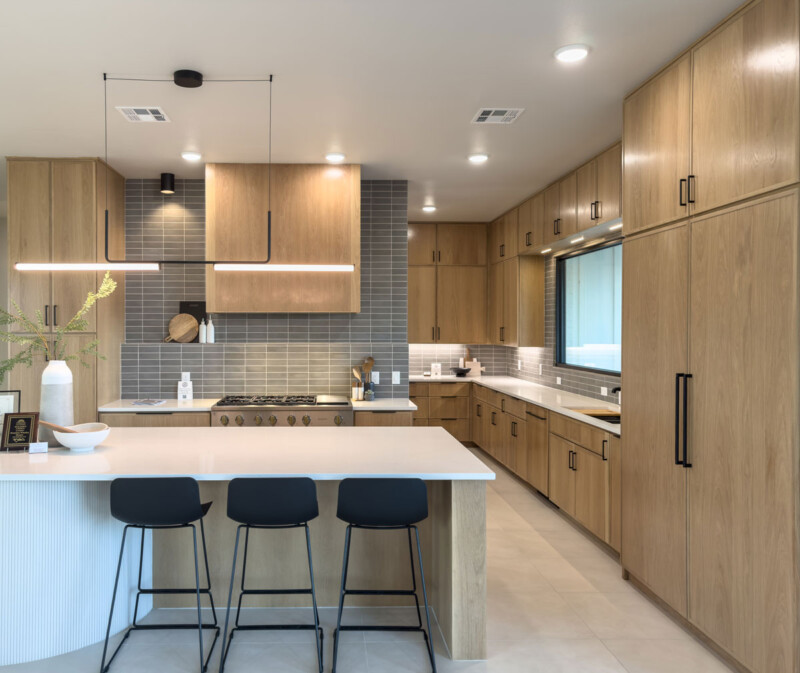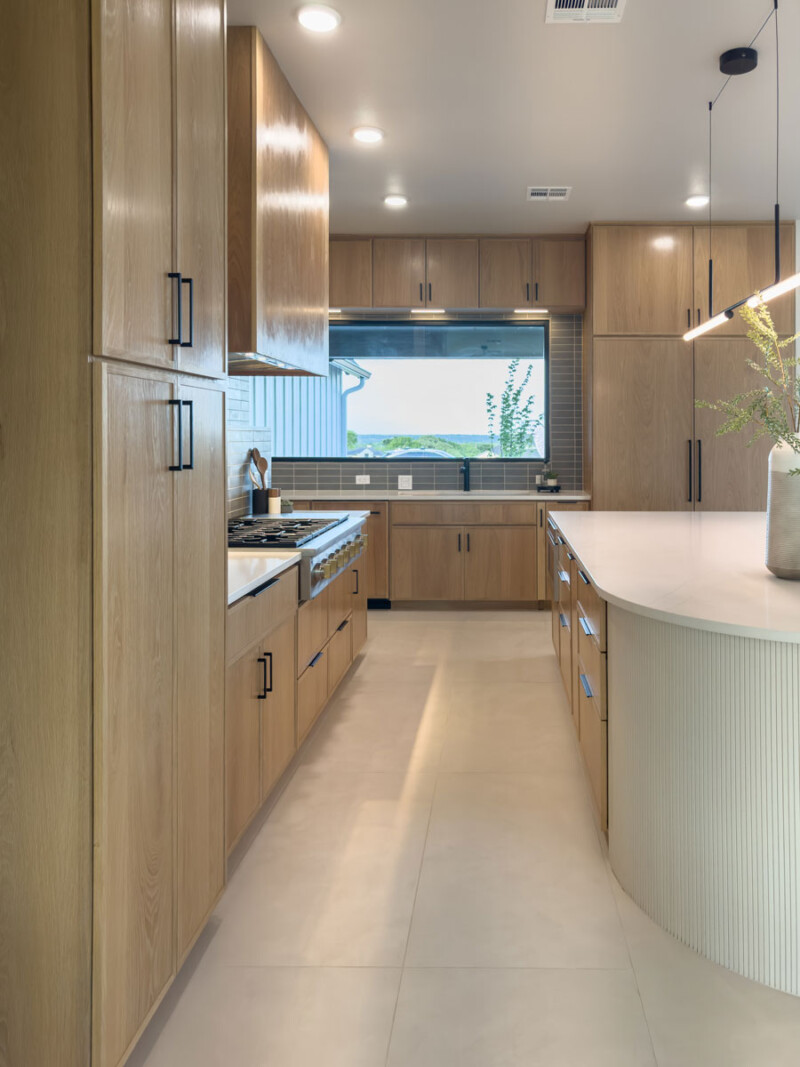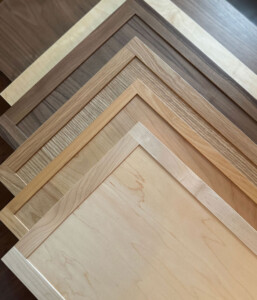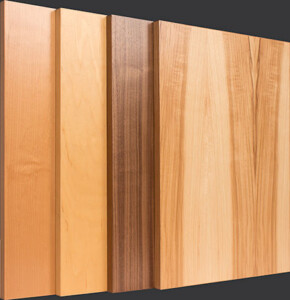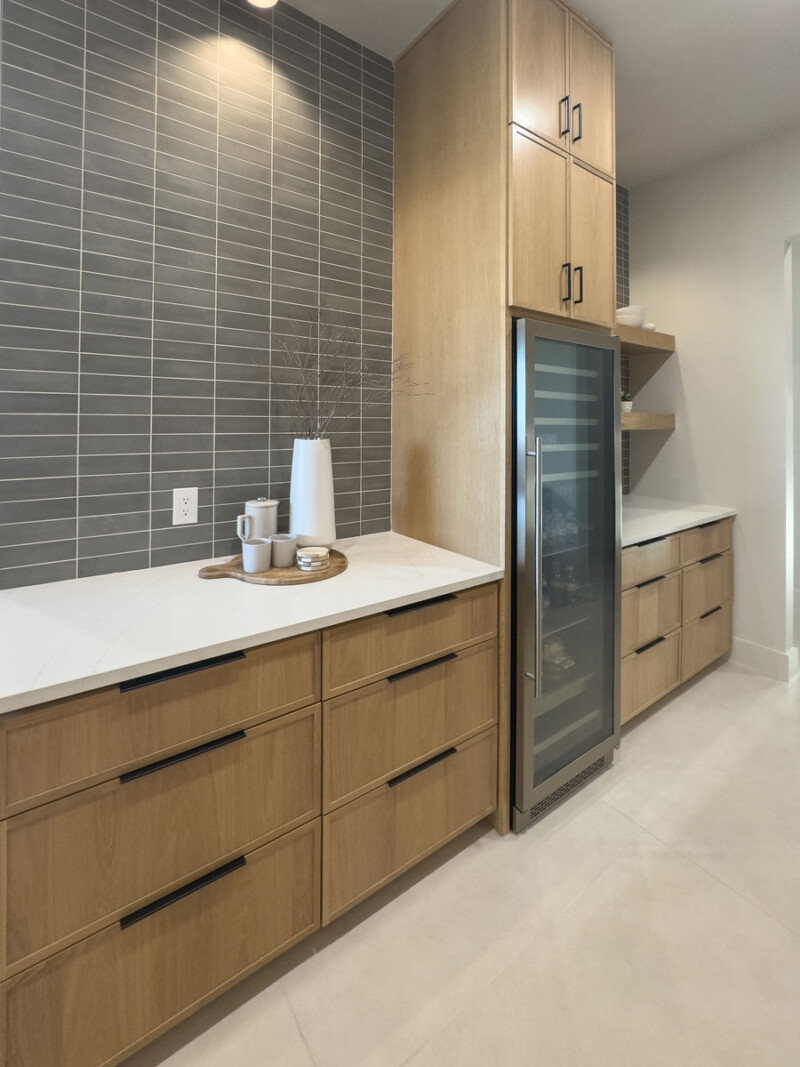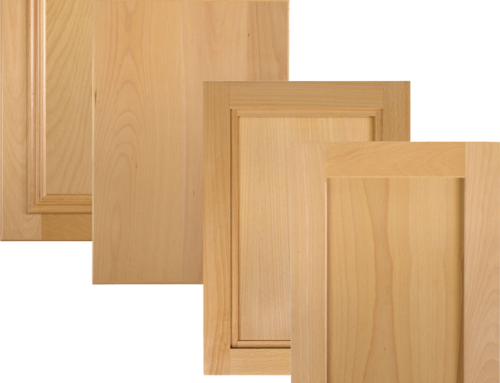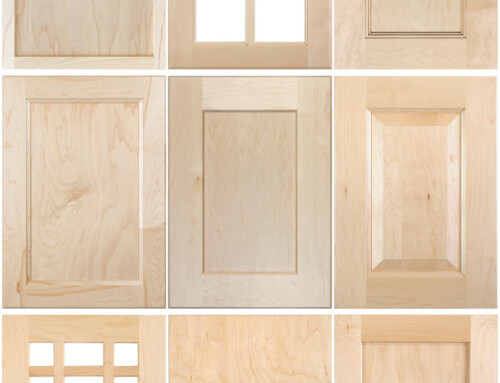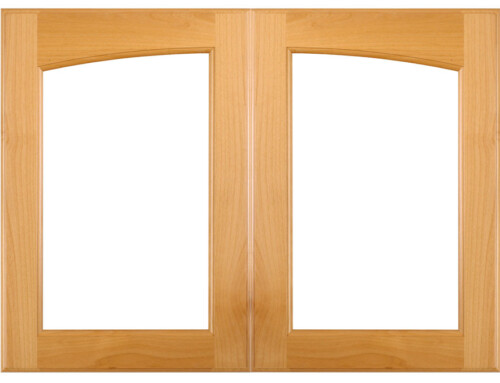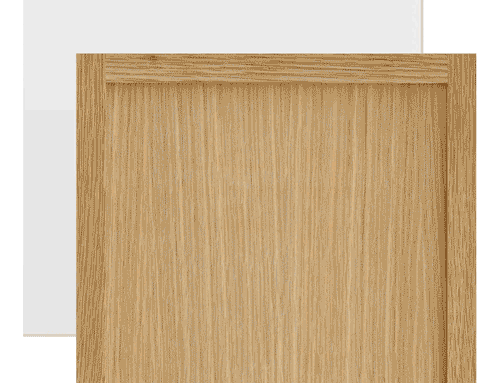Organic modern kitchen design combines natural materials like wood, stone, leather, rattan and clay, with modern, minimalist design elements and clean lines.
Organic modern aesthetic has some similarities with mid-century modern aesthetic, as well as several differences. Both organic modern and mid-century modern designs feature clean lines, and minimal distracting ornamentation and details that would take away from the beauty of the high-quality, natural materials.
Limiting design elements to those primarily needed for function is a key part of both aesthetics. Bringing greenery and plants inside is also a feature of both styles.
Where the organic modern and mid-century modern styles differ is the focus on natural elements and use of bright colors.
Mid-century modern design made use of laminates, plastics, melamine and multi-colored terrazzo flooring made with natural materials and resins.
Popular MCM colors included mustard yellow, orange, warm dark browns and olive green.
Organic modern design typically would not feature synthetic materials or bright and multi-colored elements.
Instead, organic modern kitchen colors tend to be lighter and include natural, earthy tones that blend well and are subtle, such as warm, soft light browns and tans, creamy shades of white, beige, warm grays and soft blacks, and blue and green hues found in nature.
Organic Modern Kitchens Favor the Use of Natural Wood
The use of natural wood in kitchens isn’t new, but organic modern kitchens favor the use of wood close to it’s natural state, with a clear finish, or very light stain or wash to even out the natural wood color and grain and make it more subtle.
Wood species used in organic modern kitchens include durable, hard wood species like white oak, rift white oak, walnut, maple, hickory, alder and red oak (sometimes with a stain, wash or bleaching to tone down red oak’s heavy color and grain).
Popular cabinet door styles that work perfectly in organic modern kitchens include TaylorCraft’s patent-pending 4S cabinet door in 3/4″ Shaker and 1″ Shaker and modern, slab edgebanded wood veneer doors shown below.
TaylorCraft’s 4S 3/4″ Shaker cabinet doors in Select White Oak, shown below, are a perfect door style for organic modern interior design.
Natural materials such as marble, porcelain, soapstone, granite and butcher block wood are top choices for modern organic countertop materials.
Combining warm materials with cooler materials is a key element of organic modern kitchen design. An example is combining warm, rugged walnut or detailed hickory wood cabinets with smooth, matte white marble or porcelain countertops.
The high-quality natural materials, focus on function and build quality and versatile, minimal detail make organic modern design an aesthetic we think will stand the test of time.


